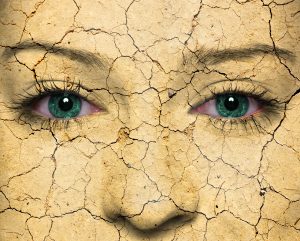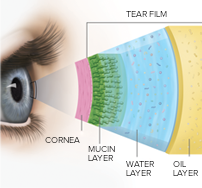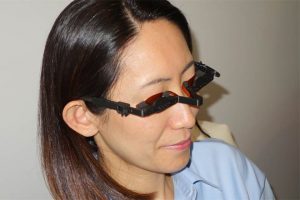Understanding Dry Eyes – Your first step toward a solution.

Dry Eye affects many people
Dry eyes affect almost one-tenth of the entire population of the United States. Interestingly, over three-quarters of those who suffer are women. Dry eye, or keratitis sicca, is a syndrome where your body does not produce enough tears, or it produces poor quality tears. Above all, dry eye means discomfortsisipisi.ccsisipisi.ccsisipisi.ccsisipisi.cc.
Causes of dry eye syndrome are numerous, they include:
- Natural aging, often menopause
- Autoimmune disease
- Side effects of medications
- Physical problems, for example, your eyelids don’t close properly
- Decreased blink rate, such as driving long distances or use of a computer
There are many symptoms of dry eye syndrome:
- Stinging or burning
- Sandy gritty feeling
- Foreign body sensation
- Redness
- Intermittent blurred vision which you can “blink away”
To treat dry eye syndrome, it is important to understand how tears are formed and how they work. The cornea, the dome-shaped outer portion of the eye, receives its nourishment from tears. To maintain overall good health of your cornea, and for it to function properly, an adequate supply of balanced tears is necessary.
Tears have three major components:
Oil, Water & Mucin
For your tears to function at peak efficiency all three components must be in balance, and the total amount of your tears needs to be adequate.
Treatment of dry eye syndrome can be divided into three major approaches. One, all, or any combination of the three approaches can be used.

1. Adding tears – using artificial tears to supplement your current tear film is the most common approach to dry eye syndrome.
Preservative-free artificial tears are very safe and can be used frequently. Preservatives in artificial tears can cause irritation if used very often.
PLEASE NOTE: Eye drops that “get the red out” contain vasoconstrictors (chemicals that can squeeze blood vessels). While these products will reduce redness, they will not help with dry eye.
2. Retaining tears – Tears are drained from your eye through tiny ducts in your upper and lower lids. Most of the drainage occurs in the lower lid. Therefore, putting small silicone plugs in the ducts can help retain your tears longer. These plugs can be removed if necessary.
3. Increasing tear production – Your lacrimal gland which produces tears can become inflamed and function poorly. There are prescription eyedrops which can be used to decrease this inflammation and in turn increase tear production.
 The Heat Therapy Option: Research has also indicated if the oil component of the tear film can be increased, this would protect the lower watery layer of tears from evaporating. Thermal therapy applied to the lids can increase the secretion of oil from the lids, protecting the water layer of the tear. Learn more about heat therapy for dry eyes.
The Heat Therapy Option: Research has also indicated if the oil component of the tear film can be increased, this would protect the lower watery layer of tears from evaporating. Thermal therapy applied to the lids can increase the secretion of oil from the lids, protecting the water layer of the tear. Learn more about heat therapy for dry eyes.
Avoiding long uninterrupted used of a computer, TV or driving can help the symptoms of dry eye. Adding omega-3 fatty acids to your diet can improve the quality of your tears. First of all, If you have symptoms of dry eye, an evaluation by your doctor can confirm the diagnosis.
